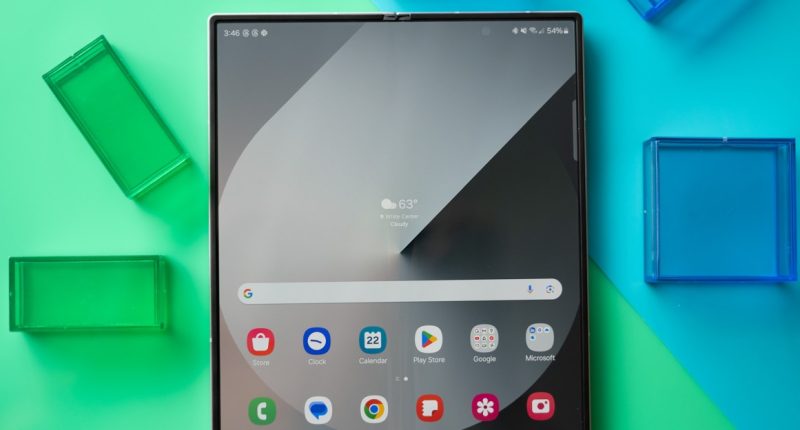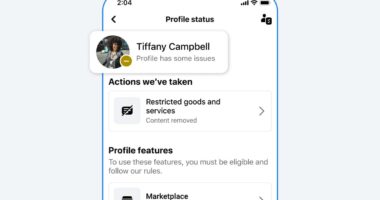Share this @internewscast.com
I rarely receive inquiries about the phones I’m evaluating while on the go unless they’re foldables. In those cases, the conversation typically goes, “Oh, I thought about buying one of those! But then I just opted for a [insert traditional phone brand here].” My personal observations align with the actual sales data: many people express interest in folding phones, yet few actually purchase them. Samsung is keen on changing this narrative, and it’s poised to make a significant impact at its Unpacked event on July 9th. But can rebranding a folding phone with the Ultra tag really make a difference?
The tepid sales aren’t due to a lack of effort. Samsung has been pushing foldable phones for a significant part of the last 10 years, with Google entering the market a few years back. Motorola has seen notable success with flip-style foldables; research by Counterpoint revealed that Motorola’s share in the foldable market surged by 253% in 2024. Nonetheless, that’s a larger slice of a very tiny pie. According to TrendForce, foldables accounted for just 1.5% of the global smartphone market in 2024. In the United States, Samsung was among the pioneers and most outspoken in the foldable arena, yet multiple versions of their foldables haven’t significantly altered the market landscape.
Samsung has hinted that we’ll see an Ultra-branded Fold debut, boasting a slimmer design to compete against Honor and Oppo’s latest models. The Z Flip 7 might feature a larger, Razr-like display spanning most of its front, alongside a cheaper FE variant retaining the older cover screen layout. These adjustments seem aimed at tackling prevalent issues with foldables: their high cost and the concessions they entail when compared to traditional smartphones.
I’m not quite sure it’ll be enough, though. Foldables remain more susceptible to damage from dust than a standard flagship phone — and repairs can be pricier. Despite saying years ago that it’s pursuing full dustproofing, Samsung doesn’t seem to have cracked the code on a fully IP68-rated foldable just yet. Taking a chance on an expensive phone that’s less durable than your typical $1,000 flagship? That’s kind of a big ask, especially with prices on everything else we buy going up, too.
It’s not all doom and gloom for foldables, however. Analysts are putting a lot of stock in rumors of a folding phone from Apple coming in 2026. An iFold or whatever it might be called could help expand the market, at least in the US, and maybe that rising tide would float Samsung’s boat, too. Maybe a couple of new models hitting different price segments is enough to get Samsung’s marketshare growing again — a strategy that has worked well for the company in the past. Maybe an Ultra foldable with ultra specs will convince some people who were on the fence about folding phones. And if anyone was holding out for an extra hinge, well, Samsung might just have that covered, too.
Photography by Allison Johnson / The Verge









